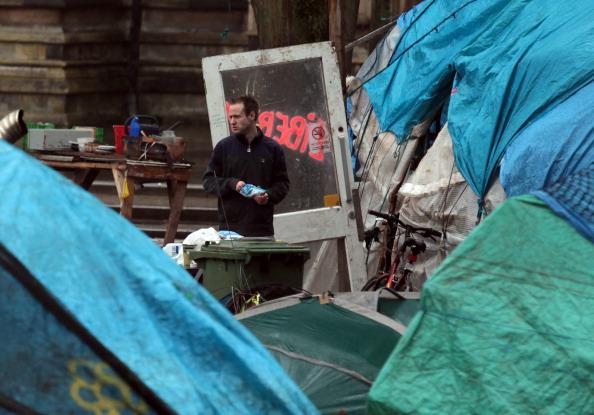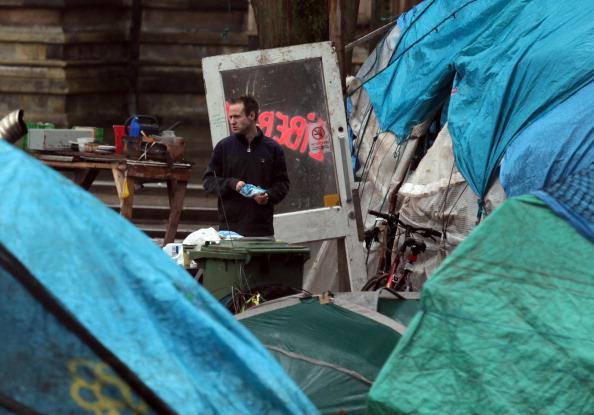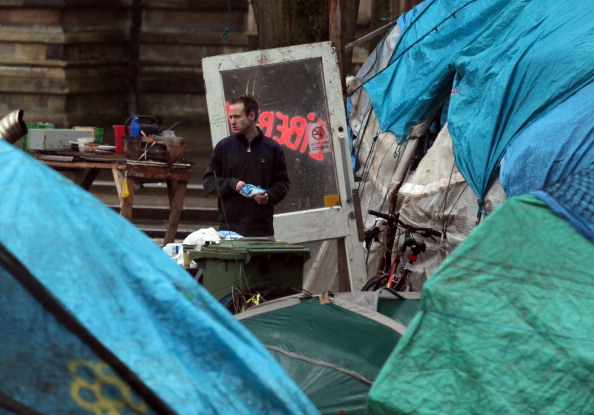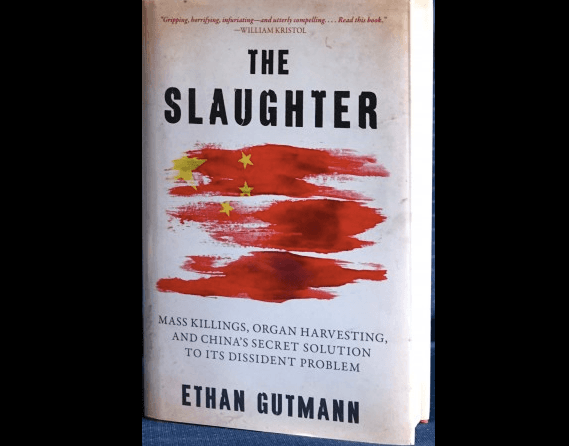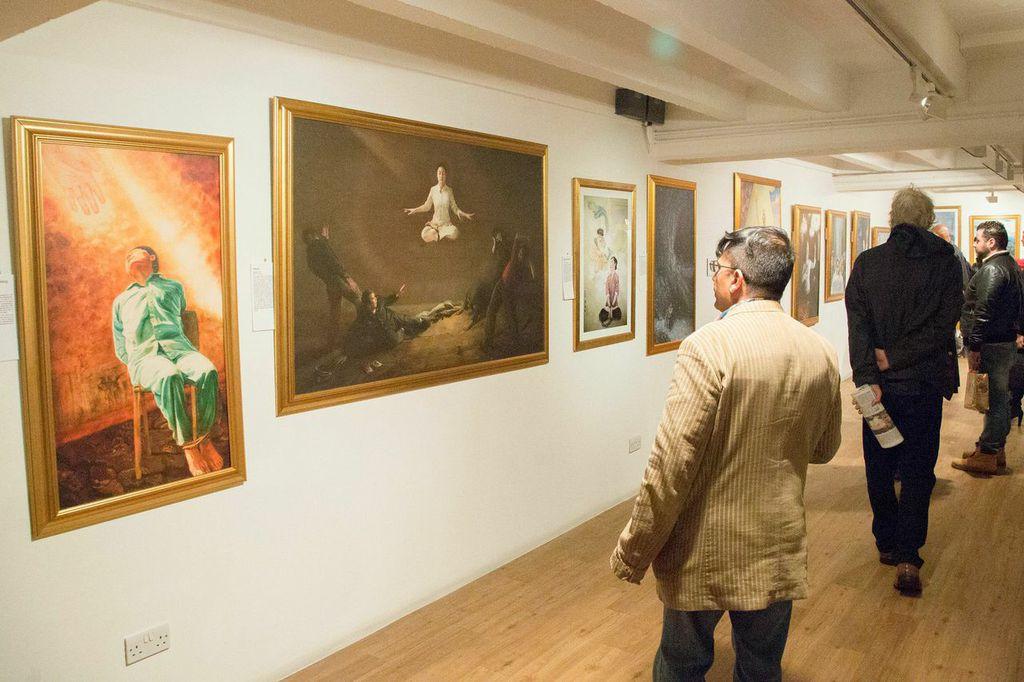The Occupy London group outside St Paul’s is not the only one facing eviction.
The Occupy movement counted 41 occupied sites in the UK in mid-January. This number is dropping slightly as occupiers react to different levels of legal proceedings.
In Edinburgh, the occupation of St Andrew’s Square was initially supported by the local council and Essential Edinburgh, the caretaker of the garden area site. Relations soured as the condition of the garden became unsightly and some people associated with the Occupy movement appeared in court for anti-social behaviour around the site.
The protesters have evacuated St Andrew Square before the eviction date but intend to have some non-residential presence there.
Like OccupyLXS, Occupy Sheffield is squatting land adjoining an Anglican Cathedral. But there are major differences between the legal actions taken, which may have an effect on how the protesters respond.
The action against Occupy Sheffield is taken by the Cathedral Church of St Peter and St Paul as it owns the squatted land. Whereas the legal proceedings to clear tents from around St Paul’s was instigated by the City of London Corporation under its Highways Act responsibilities; St Paul’s owns only a tiny portion of the occupied land.
Should the Sheffield Cathedral win it’s case, it will be asking for legal costs from the protesters, suggested to be £8,000 so far. No money has been demanded with the London action.
Sheffield Cathedral has started proceedings to a timetable, which should free the site by May this year when tendering for the £35 million refurbishment will begin.
After a contractor has been chosen, the area in front of the cathedral, where a white marquee and a dozen blue and red bubble tents are huddled, will be used to store masonry.
The timetable allows for Occupy Sheffield to make legal challenges within a time limited by the court.
At the Sheffield District Registry Court on January 26, the High Court Judge, Mr Justice Foskett, said he would visit the cathedral site before the trial started on February 21.
The site of Occupy Bristol, once the largest UK site outside London, is now empty while protesters consider their next move. Protesters left before the eviction, which was pinned on the site by both the Cathedral and the City Council, could be enforced.
